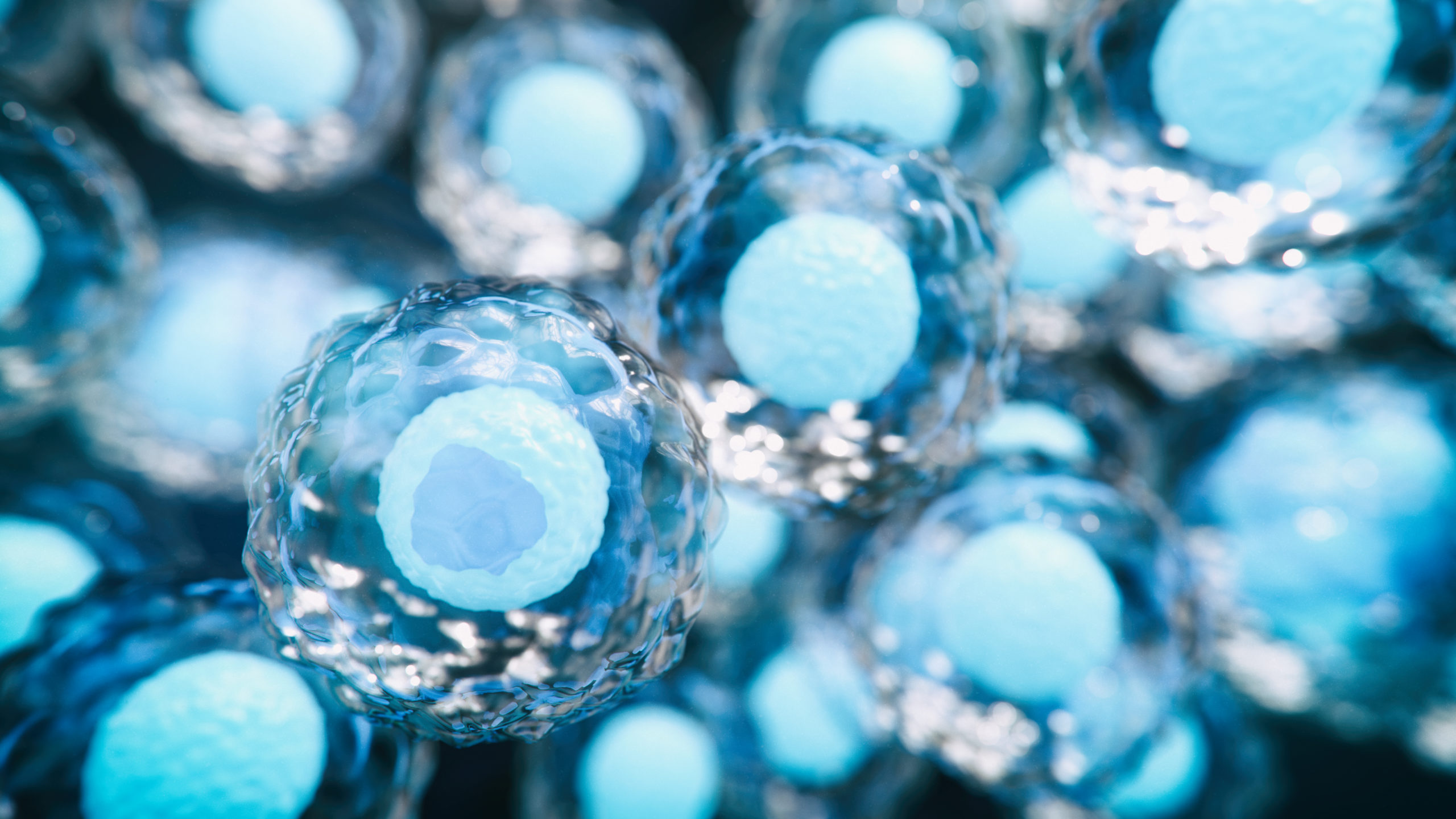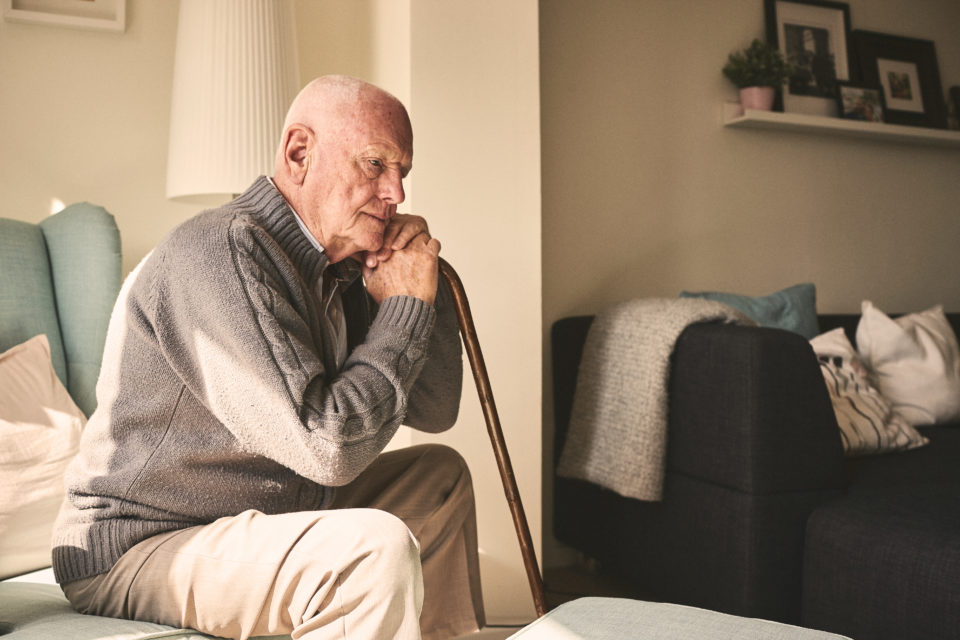
According to research presented at the 2022 American Society of Clinical Oncology Annual Meeting, graft-versus-host disease (GVHD) prophylaxis with post-transplant cyclophosphamide—as well as mycophenolate mofetil and a calcineurin inhibitor or sirolimus—was safe and well-tolerated in patients with peripheral T-cell lymphoma (PTCL) undergoing allogeneic blood or marrow transplantation (alloBMT) with non-myeloablative conditioning.
Based on their results, the researchers also reported that a total body irradiation (TBI) dose of 400 cGy and peripheral blood allografts appeared to improve survival and disease management.
The study analyzed 65 patients with a median age of 59 years (range, 24-75 years) who underwent alloBMT between January 2004 and December 2020. The cohort’s lymphoma histology included PTCL-not otherwise specified (n = 24), anaplastic lymphoma kinase-negative anaplastic large cell lymphoma (n = 14), angioimmunoblastic T-cell lymphoma (n = 7), enteropathy-associated T-cell lymphoma (n=6), hepatosplenic T-cell lymphoma (n = 4), and other (n = 10).
Nearly half (n = 29; 45%) of patients developed GVHD. Of those patients, 2 (3%) developed grade 3/4 acute GVHD and 3 (5%) developed severe chronic GVHD. A total of 11 patients were in their first complete remission, while the remaining 54 were in first partial remission (PR) or had undergoing salvage therapy to achieve PR prior to alloBMT.
The majority of patients received a transplant from haploidentical related donors (n = 48; 78%), followed by fully matched donors (n = 10; 15%) and mismatched unrelated donors (n = 7; 11%).
In the first 46 patients (71%) treated, grafts were sourced from bone marrow. However, because of high relapse rates, the researchers switched to peripheral blood grafts and increased TBI from 200 cGy to 400 cGy for the remaining 19 patients (29%), beginning in 2018.
Over a median follow-up of 2.8 years, the cohort achieved a 3-year progression-free survival rate of 39% (95% CI, 28-54) and a 3-year overall survival rate of 43% (95% CI, 31-58). The 1-year cumulative incidences of relapse and non-relapse mortality were 25% (95% CI, 14-35) and 12% (95% CI, 4-20), respectively.
Ultimately, the study’s collaborators assessed that cyclophosphamide-based GVHD prophylaxis was safe and tolerable for patients with PTCL undergoing alloBMT with non-myeloablative conditioning, although they acknowledged that further studies are needed to validate their results.
Reference
Sterling CH, Hughes MS, Tsai HL, et al. Non-myeloablative allogeneic blood or marrow transplantation (AlloBMT) with post-transplant cyclophosphamide (PTCy) for peripheral T-cell lymphoma (PTCL): improved outcomes with peripheral blood (PB) allografts and increased total body irradiation (TBI) to 400 cGy. Abstract #7047. Presented at the 2022 American Society of Clinical Oncology Annual Meeting; June 3-7, 2022; Chicago, IL.







 © 2025 Mashup Media, LLC, a Formedics Property. All Rights Reserved.
© 2025 Mashup Media, LLC, a Formedics Property. All Rights Reserved.